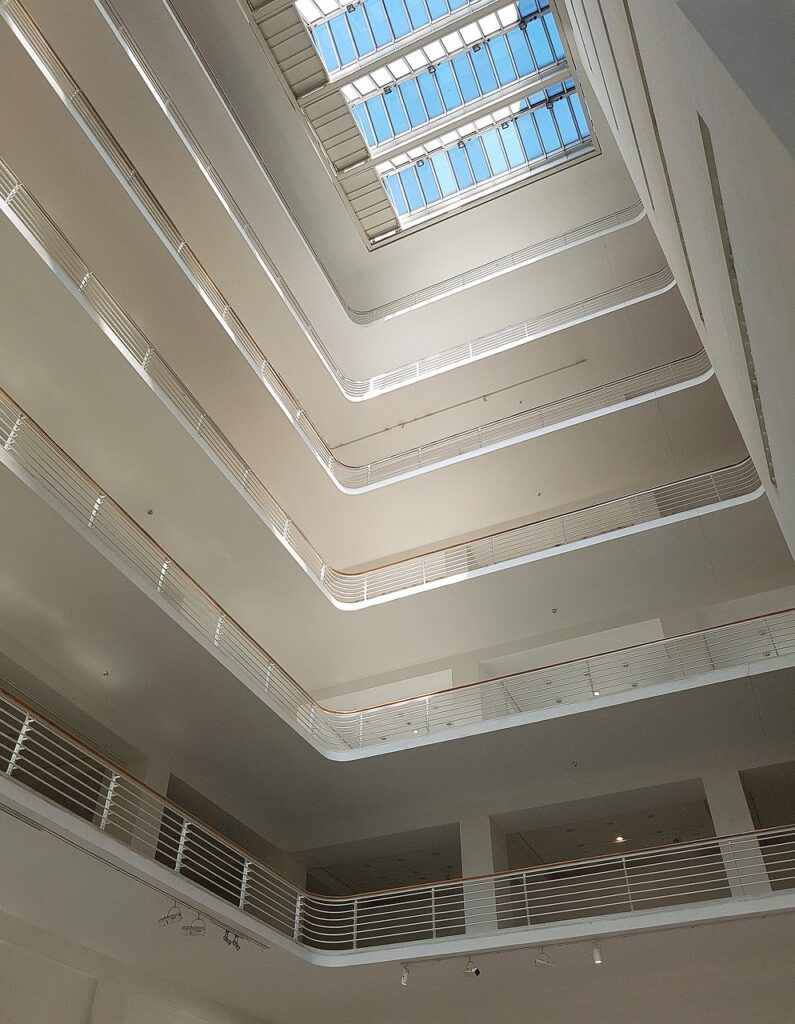
Mokosmart Health Exhibition
Three biggest areas of the MOKOSmart Health Exhibition included newly developed management in patient care, safety inside a medical facility, and tracking assets. The best innovation produced for this exhibition was outstanding, providing an idea of the future of health care and novelties with which technology is involved, efficient, safe, and improved outcome at patients’ stages. It is going to have a detailed analysis of MOKOSmart Health Exhibition with some key solutions, devices, their use in reality, problems, and the future prospects of IoT in healthcare.
Overview of MOKOSmart and scope of operations in Healthcare IoT
MOKOSmart is one of the top brands when it comes to the manufacturing of IoT devices. The company offers end-to-end solutions to a couple of the industries available, for example, logistics to the health domain.
IoT has picked up relatively quicker in the health care industry due to the advancements provided in patient monitoring, asset management, and security measures of the organization. The IoT offers health care organizations with real-time information related to patients and assets and also automates the management of routine activities, which will eventually provide control over the risk of adverse environmental conditions or improper access.
Perhaps it is because the global health care IoT market has been witnessing boons with prospects further augmenting to around $188 billion by 2024. Adoption of IoT in the health care sector promises to reduce the operational costs coupled with better patient care and connected devices form a seamless communication network within healthcare settings.
MOKOSmart IoT Solutions at the Exhibition:
- Solutions for Patient Care and Remote Monitoring
These will comprise the products under the portfolio of MOKOSmart products that directly fall within patient monitoring equipment. Among them is a smart wristband, wearable sensors, and remote monitoring systems. From a natural sense, they will include monitoring of pulse rate and other movements in the body, hence keeping the health care provider updated real time. Having said this, even as the patient is recovering at home after surgery or continues to be on treatment because of a chronic illness, through remote monitoring, even the hospitals can take care of the patient.
This could lead to much more proactive management of patients, and doctors react at the very first sign of abnormalities in a patient’s health condition. At a time when the world has become much more vulnerable and susceptible to care for the elderly and telehealth, it could also support reducing hospital admissions due to minor issues, which, again, reduces the costs of healthcare management, particularly the healthcare management given to elderly people.
Real-Time Application: Telemedicine using the wireless IoT devices enables the doctors to monitor patients who have chronic diseases or those located a distance. Effective monitoring would result in improvement in health outcomes of patients since the care provider would be able to act in time concerning the real-time health parameters like the heart rates or blood oxygen levels
MOKOSMART
MOKOSMART
.
2. Asset and Equipment Monitoring
From an asset management angle, it is but one of many long lists that hospitals have had to face. In addition to other products MOKOSmart offers, assets tracking devices exist in the form of small low power tags attached to equipment-and equipment like ventilators, or defibrillators, that permit Bluetooth. These tags will make it possible for the equipment to be tracked in real time and without disturbance with location and usage analysis such that the equipment is indeed there and properly managed.
Benefits Asset tracking minimizes misuse, overconsumption, and unnecessary holdups at emergency situations. Real-time tracking is one outlet through which healthcare organizations can easily track valuable equipment locations and save the costs that may be incurred to replace or recover lost equipment.
Case Study: A hospital with thousands of devices and departments would be an excellent fit to deploy the IoT-based asset tracking of the movement of equipment across various departments, which in turn might prove beneficial for better productivity and resource planning

MOKOSMART
- Environment Monitoring
They play a very important role in keeping all the environmental factors stable and everything in order. For instance, much like the MOKOSmart’s H4 Pro Bluetooth Temperature and Humidity Sensor would ensure proper real-time measurements of all such factors like temperature and humidity; it would thus send the signal whenever some deviation takes place from that point. Such are pretty valuable for places storing medicine or vaccines, keeping everything under an accordance of regulatory standards.
Advantages of Automated environmental monitoring Automated environment monitoring reduces risks that exist for both patients and drug potency. It assists in the compliance with the regulatory requirements because there is a safe environment within the health care facilities that holds the products and together with the patients.
Actual Implementation: Environmental sensors fitted into the cold rooms where the most sensitive drugs, particularly vaccines, are stored. Real-time alarm relays also fitted in order to avoid spoilage and wastage; needful necessity to survive global health emergencies like COVID-19.
MOKOSMART .
;
- Workers Safety Equipments
For example, under workers’ safety types of equipment, a smart badge LW006 LoRaWAN; the gadget first of all is through issuing messages in a highly efficient way whenever any kind of emergency situation knocks at the door. It starts raising security in the working environment because sometimes it is the most convenient at the right time when a facility is more significant to stress.
Advantages It is equipment that gives the caregivers immediate relief thus saving the caregivers as care levels administered to the patients increase steadily while building confidence. The devices also ensure safety and make it possible for organizations to impose labor and safety standards.
Practical Application: Emergency Alert Systems is one of the most critical application in an organization where the healthcare workforce may face attack in the form of verbal or physical assault, for instance, emergency units or psychiatry units. The application of panic badges or panic buttons allow prompt response as well as ensures that workers involved do not face potential harm MOKOSMART .
MOKOSMART .Healthcare IoT Implementation Challenges
But with all the above benefits, a multivolume set of problems summarizes it all for using IoT in healthcare:
High Maintenance Cost: This has included updates that comprise an upgrading continuously without skipping maintenance, and this is expensive. For the health facilities operating on very thin budgets, this would be hard to maintain the IoT technology in the long term.
Data Overload and Management: The large amounts of data generated by the devices of IoT are, in fact, unquantifiable or unforeseeable. Consequently, in real-time filtration by the healthcare professionals is not possible. So, such large data quantities have to be streamlined and analyzed by advanced management systems of data.
Integrative problems: Since all the IOT operate multi-protocol basis doing all this under one system is pretty challenging. The least standard approach from diverse IoT devices and also the communication protocol may act as a speed breaker in uninterrupted data flow.
Security Risks: This will promise much in terms of attacking potential cyber onto the IoT devices which may compromise sensitive patient information and systems that work. Therefore, it would be matter of paramount importance to ensure data is private and secure as of sensitive health care data.
Future of IoT in Healthcare
Hence, health IoT appears quite bright for the future since that many innovations have been chucked into the immediate future. In terms of economy, healthcare IoT will multiply much more than it will increase. As far as integration is concerned, healthcare IoT will be incorporated much in the models of care of a patient. The economy was expected to see some increase in health devices such as smart pills for diagnosis, home diagnostic kits, and advanced telemedicine platforms.
A few will need to combine interoperability and data security standards while implementing some of the standards in the health organizations that are likely to embrace the implementation of IoT into their institutions. Other technologies, AI included shall complement IoT because the capability of generating the required analytics of the data shall potentially empower more superior predictive insights of the health of the patients and provide support for the decision-making procedures.
Conclusion
The MOKOSmart Health Exhibition is supposed to sum and epitomize the impact of IoT in healthcare. As much as this is concerned, portfolios are presented on patient care, equipment management, environmental monitoring, and staff protection as some of the ways through which IoT devices may be making health service delivery efficient, safe, and of good quality. These add complexities in terms of integration, data management, and security, but the benefits promised by IoT are immense. Healthcare IoT is rapidly growing across the world, with very promising outlooks, so smart, safer, and more efficient health systems are likely to favor better health results.
This would underpin the use of IoT as it stands today but for innovation in the near future, which would change the health scenario entirely. IoT enables this connected ecosystem that supports proactive patient care and optimized use of resources to enable better outcomes for patients while more resilient infrastructure for health-merged consequences arising thereof.

